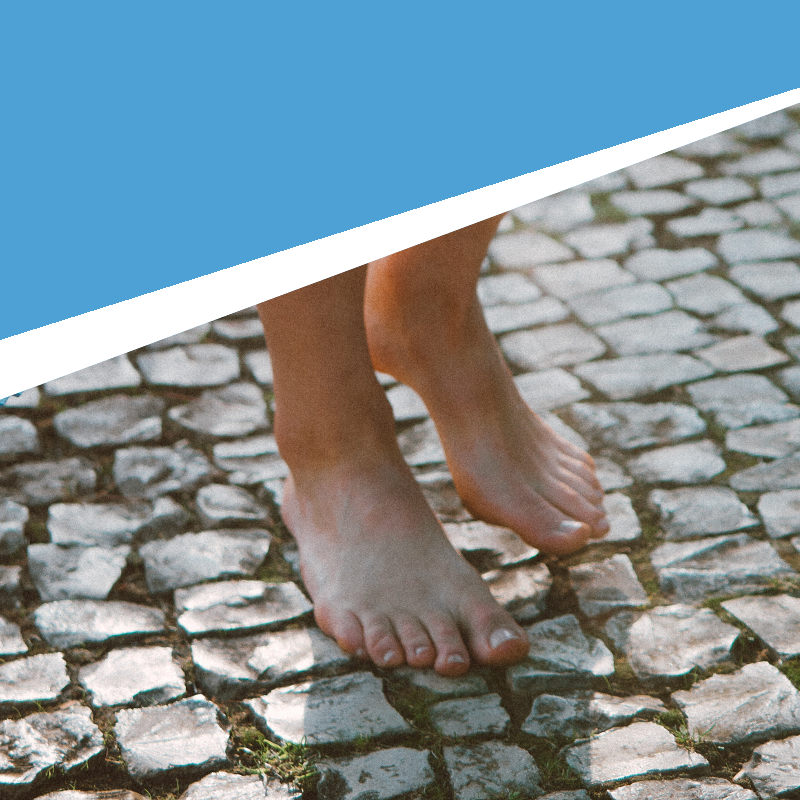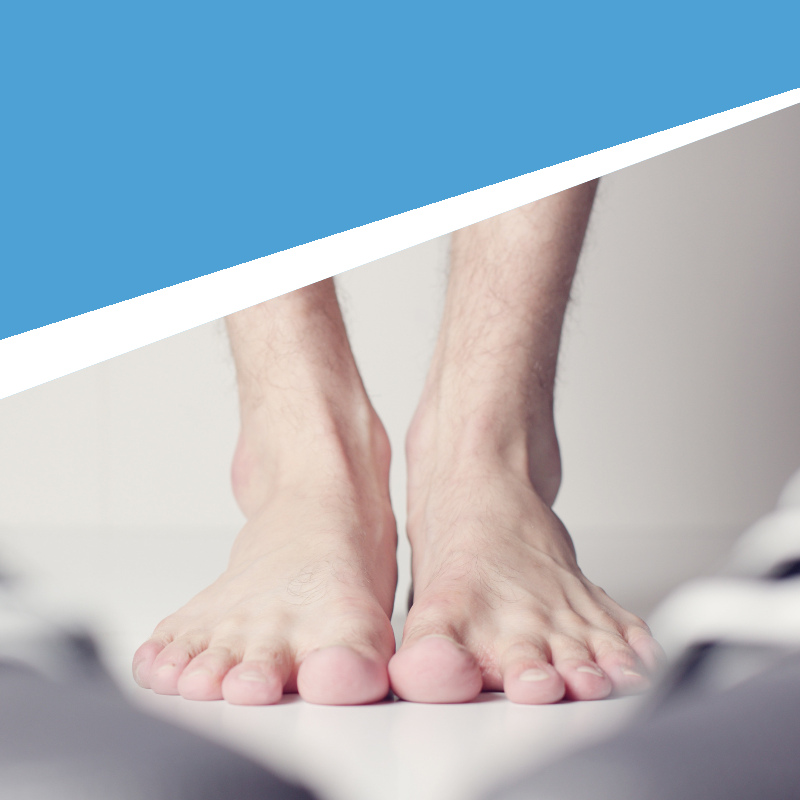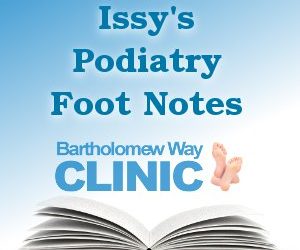Retrocalcalneal Bursitis
Retrocalcaneal is a very fancy name, which when broken down means swelling between the heel bone and the achilles tendon.
A bursa is a sack of fluid that sits between a tendon and a bone to help the tendon move smoothly over the bone, with repeated trauma or overuse of the ankle the bursa can become inflamed and cause pain that can radiate up the leg and under the foot.
The condition is usually linked to achilles tendonitis
Signs and Symptoms
- Pain in the heel, especially with walking, running, or when the area is touched
- Tenderness and swelling which might make it difficult to wear certain shoes on the feet.Pain may get worse when rising on the toes (standing on tiptoes)
- Red, warm skin over the back of the heel
- When pressing fingers in both sides of the heel a spongy resistance may be felt.
- Pain may be worse when the ankle is bent upwards, or pain may be worse when you rise on your toes.
At Bartholomew Way Clinic in Horsham we have access to diagnostic ultrasound, as you can see from the image below this is a clear picture of a retrocalcaneal bursitis;
Treatment
As can be seen from the image above the bursa has a thin white line surrounding it. This line shows that the bursa is calcified and hardened and has therefore been there for months even years.
- Treatment depends on how long the pain has been there and thus how long the bursa has been there.
- Treatment also depends on whether there is associated tendonitis or tendonosis
- NB: Tendonitis is acute inflammatory problem and tendonosis is chronic and has been long standing and no longer has an inflammatory process, this is why the treatment differs
- Treatment also depends where the achilles tendon is damaged, if it is where it inserts into the back of the heel of mid way up the tendon up the leg then this also changes the treatment
- Treatment also depends on whether there is a partial tear within the achilles tendon, as this will need to be repaired before treatment starts for the retrocalcaneal bursitis.
It is important to point out that everyone is different and they will have a combination of the above pathologies and you all need to be treated differently.
If you have any issues or questions regarding any of the information above. Do you get pain around the back of the heel or in the achilles tendon then please don’t hesitate to come in or contact me on 01403 276272



